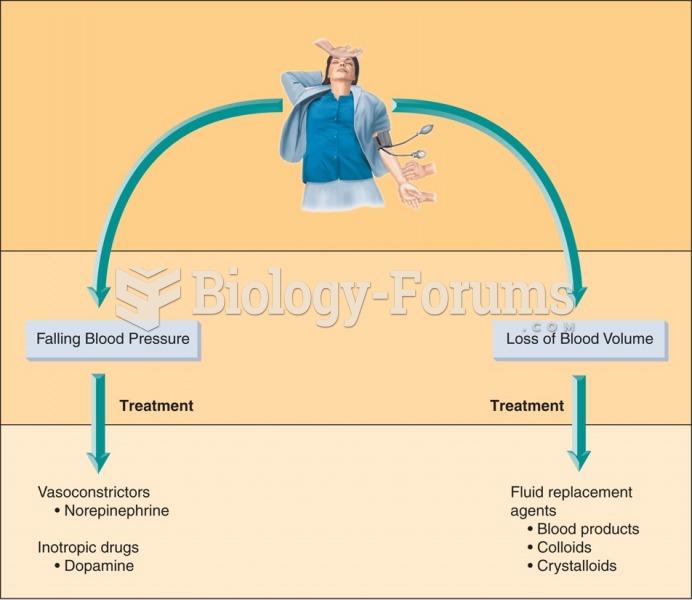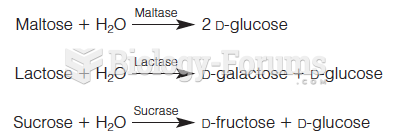Answer to Question 1
ANS:
Cabbage, bok choy, turnips, mustard greens, kale, brussels sprouts, cauliflower, broccoli, kohlrabi, and radishes contain small quantities of goitrogenscompounds that can enlarge the thyroid gland. Eating exceptionally large amounts of goitrogen-containing vegetables can aggravate a preexisting thyroid problem, but it usually does not initiate one. Problems may develop when exceptionally large amounts (2 to 3 pounds a day) of these vegetables are eaten raw; cooking deactivates the enzyme that normally inhibits the uptake of iodine in the thyroid.
Lima beans and fruit seeds such as apricot pits contain cyanogensinactive compounds that produce the deadly poison cyanide upon activation by a specific plant enzyme. For this reason, many countries restrict commercially grown lima beans to those varieties with the lowest cyanogen contents. As for fruit seeds, they are seldom deliberately eaten. An occasional swallowed seed or two presents no danger, but a couple of dozen seeds can be fatal to a small child. Perhaps the most infamous cyanogen in seeds is laetrilea compound erroneously rep- resented as a cancer cure. True, laetrile kills cancer, but only at doses that kill the person too. The combination of cyanide poisoning and lack of medical attention is life-threatening.
The humble potato contains many natural poisons, including solanine, a powerful narcotic-like substance. Most of a potato's solanine is found in the sprouts and in the green layer that develops just beneath the skin. Solanine poisoning is extremely rare, however, because the small amounts of solanine (8 milligrams per 100 grams of potato) normally found in potatoes are harmlesseven when the potato skin is eaten. Solanine can be toxic, however, and presents a hazard when consumed in large quantities (20 to 25 milligrams per 100 grams of potato). Cooking does not destroy solanine, but it can be removed by peeling the potato. Symptoms of solanine poisoning include gastrointestinal disturbances and neurological disorders.
Answer to Question 2
ANS:
In addition to selecting nutritious foods and preparing them safely, consumers can improve their nutrition health by learning to store and cook foods in ways that minimize nutrient losses. Water-soluble vitamins are the most vulnerable of the nutrients, but both vitamins and minerals can be lost when they dissolve in water that is then discarded.
Fruits and vegetables contain enzymes that both synthesize and degrade vitamins. After a fruit or vegetable has been picked, vitamin synthesis stops, but degradation continues. To slow the degradation of vitamins, most fruits and vegetables should be kept refrigerated until used. Because many vitamins are easily destroyed by oxygen, fruits and vegetables that have been cut and juice that has been opened should be stored in airtight containers and refrigerated. (Degradative enzymes are most active at warmer temperatures.)
Water-soluble vitamins readily dissolve in water. To prevent losses during washing, rinse fruits and vegetables before cutting. To minimize losses during cooking, steam, griddle, or microwave vegetables; pressure cooking and boiling cause the greatest nutrient losses. Alternatively, use the cooking water when preparing meals such as casseroles and soups.
Finally, keep in mind that most vitamin losses are not catastrophic and that a law of diminishing returns operates. Do not fret over small losses or waste time that may be valuable in improving your health in other ways. Be assured that if you start with plenty of fruits and vegetables and are reasonably careful in their storage and preparation, you will receive a sufficient supply of all the nutrients they provide.







